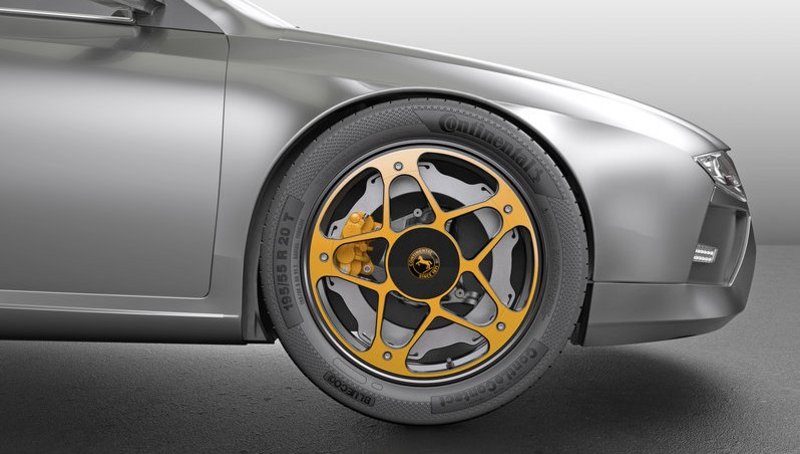
The environment is in trouble. We are reminded of that fact in nearly every aspect of our daily lives. That knowledge probably played a part in your decision to invest in an electric vehicle (EV) in the first place.
EVs dramatically reduce carbon pollution from fossil fuels making them an excellent choice for the environmentally conscious driver. However, carbon pollution is only one source of pollution generated by vehicles. One of the largest vehicle-generated pollutants is something that you may not have given much thought to: brake dust.
Brake dust accounts for 20% of all vehicle-generated pollutants. It affects both air quality and soil quality, and it can have lasting hazardous effects on human health. That’s why selecting the right brake pads can make your EV the green machine you always wanted.
Brake Dust Blues
Brake pads rely on friction to stop a vehicle. This constant abrasion wears down the pads over time, creating brake dust. Brake dust, therefore, is composed of iron particles and is caused by the grinding of the cast iron brake rotor by the brake pads. In traditional brake pads, this can include environmental toxins like copper, lead, and rust.
This dust gets cast off from the vehicle and can have lasting effects on the quality of the soil and air surrounding roadways. Heavy metals like copper and lead don’t break down over time. Instead, they concentrate in the soil, eventually killing off most plant life in the affected areas.
These metals can also stay suspended in the air for quite some time where they are inhaled by other motorists and pedestrians alike. Over time, metals like lead accumulate in the bones. This can cause a wide variety of disorders including impairment of the nervous system, kidney function, and overall immune system.
While all brake pads generate some brake dust, choosing the right brake pads can dramatically limit these pollutants. NRS galvanized brake pads are made with a premium friction material that produces less brake dust than traditional brake pads.
They are also produced without copper or lead and are corrosion resistant. This means that what brake dust they do produce is much less harmful to the environment.
Pads Land in Landfills
Each year 70 million vehicles are produced worldwide, each with at least 8 brake pads. As these vehicles are driven their brake pads will wear and need to be replaced. Unfortunately, there are no commonly used recycling techniques suitable for traditional brake pads.
Consequently, the brake pads for all 70 million of these vehicles will eventually end up either in landfills or being incinerated, producing over 200 tons of pollution. That pollution will accumulate in the air or soil, potentially having global consequences on human life and health.
NRS brake pads, however, are 100% recyclable with commonly used recycling techniques. This greatly reduces the pollution that enters both the environment and our bodies. A vehicle using traditional brake pads will need 16 pairs of brake pads in its lifetime. However, NRS galvanized brake pads are more durable than traditional pads meaning they will last the longest, and your vehicle will need fewer of them over the course of its life.
Right for the Environment
No vehicle is 100% pollutant free—even your EV—but NRS brake pads are the best way to ensure your EV remains the environmentally-friendly vehicle you always wanted. Don’t spend another day turning your old brake pads into dust. Click here and make the upgrade to NRS galvanized brake pads today!